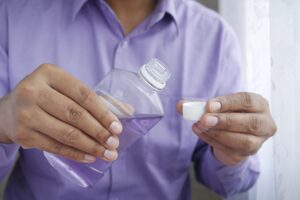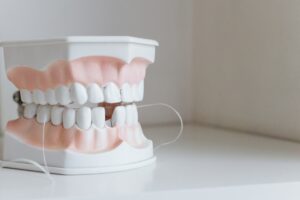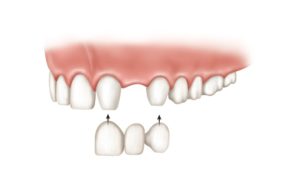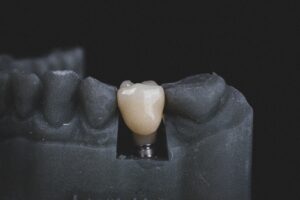
Are you looking for options to restore your lost teeth with a fixed dental bridge, are you wondering about how you care for your new dental restoration? Getting a new, healthy smile at Lane and Associates Family Dentistry can be very exciting and a big confidence enhancer.
If you want to save a beautiful new smile, you need to learn the right ways to take care of your dental bridge and consult Lane DDS for regular checkups.
How to Take Care of Dental Bridges?
Did you know that if a patient has a dental bridge, he or she must be aware of what it takes to take care of the dental restoration? What to do and what to avoid doing while having dental bridges. That is why the dental experts at the Lane and Associates Family Dentistry, have prepared some of the tips to help make dental bridges last:
- Practicing good oral hygiene is vital. The most common concern to dental bridges is tooth decay. Food particles can impact the teeth or the dental bridge. Once the cavity sets in, it eats away the natural teeth and the dental bridge making them loose.
- Eating good food benefits the body as well as oral health
- Visit the dentist at Lane and Associates Family Dentistry regularly. Getting the bridges examined for chips and cracks leads to the early diagnosis of problems
- Patients having dental bridges are recommended by Lane DDS to go for a dental check-up twice a year
- Pressure during chewing and biting should be reduced because dental bridges are prosthetic devices
- Avoid crunchy food, and sticky food if you have a dental bridge
How To Clean Permanent Bridges?
Dental bridges should be treated as natural teeth and cleaned in the same way. There are a few pieces of advice the dentists provide to the patients for cleaning a dental bridge:
- Brush the dental bridge with a soft-bristled toothbrush and cool water
- Avoid using abrasive household cleaners or toothpaste, which may scratch the bridge’s surface
- Rinse with cool, clean water
Can Food Get Under Dental Bridges?
Remember that a dental bridge is a “floating” prosthetic tooth that’s attached to two dental crowns on either side. Since there’s a space under the dental bridge, food can get impacted under or around a bridge.
It’s vital to get regular check-ups by your dentist to make sure your dental bridge is fitting well. To remove the food debris, it’s significant to carry interdental brushes and/or floss threaders with you. A simple tip would be simply swishing the water around several times during a meal.

Can You Use Mouthwash With A Bridge?
Did you know that flossing helps you maintain strong and healthy gums, which help the bridge last if possible? Along with flossing Rinsing with mouthwash once a day with fluoride or antibacterial mouthwash can help keep your dental bridge clean.
Does Dental Bridge Smell?
If a patient has an Ill-fitting bridge, it can leave spaces for food to get caught in. The food under the dental bridge can lead to bad breath and gum disease due to the presence of bacteria.
What To Avoid Eating With Dental Bridges?
The experienced dentists at Lane and Associates Family Dentistry explain to the patients to avoid foods and drinks to maintain the good health of dental bridges. The foods that should be avoided while having dental bridges are as follow:
Gum, Caramel, and Sticky Foods
Chewing sticky foods like caramel, gum and candy possess the greatest chances for causing damage to dental bridges. Especially if the dental bridge is newly cemented and has not perfectly attached with adjacent supporting teeth.
Sticky foods like caramel can get impacted between or underneath a dental bridge, providing a breeding ground for gram-negative and gram-positive bacteria.
Nuts, Chips, and Hard Foods
The dental experts and dental technicians of Lane and Associates Family Dentistry use the strongest materials possible while fabricating a dental bridge, but patients are supposed to be careful to save these dental restorations. Some Hard foods such as nuts, and popcorn kernels can damage the natural tooth structure as well as the dental bridge.
Wine, Coffee, and Cola
The materials used to make a dental bridge are stain-resistant although some restorations can still become discolored over time. If you or a loved one routinely drinks dark-colored drinks, like wine, coffee, tea, and cola, the dental bridge can get stains.
To maintain a shiny and glittery smile avoid using these drinks and follow the right teeth cleaning practices.
Are you aiming to restore your teeth’s form and functionality? Contact Lane and Associates Family Dentistry to know more about Dental Bridges. Schedule your appointment with Lane DDS today because we aim to give you the best smile you deserve!









